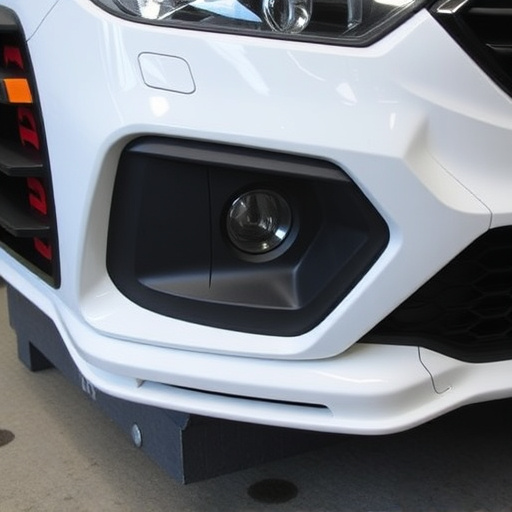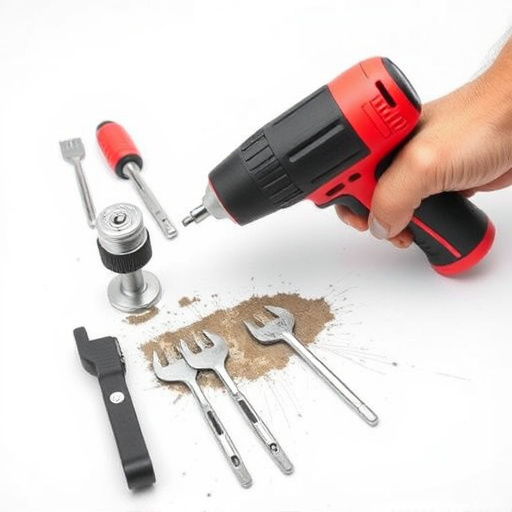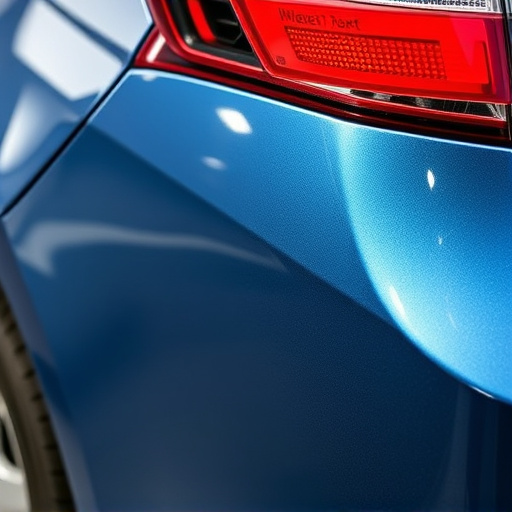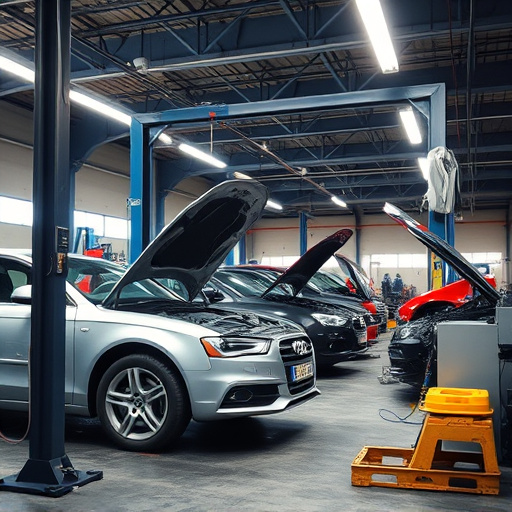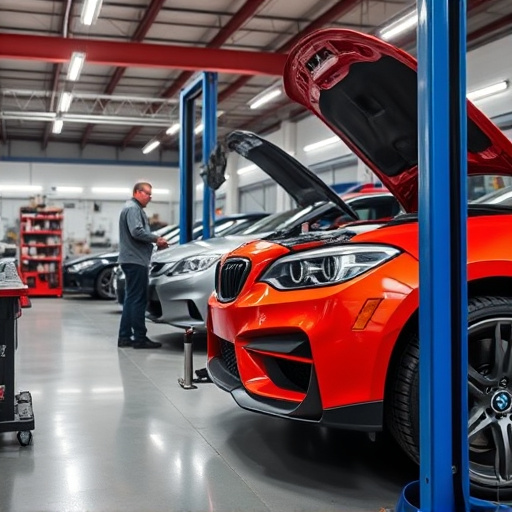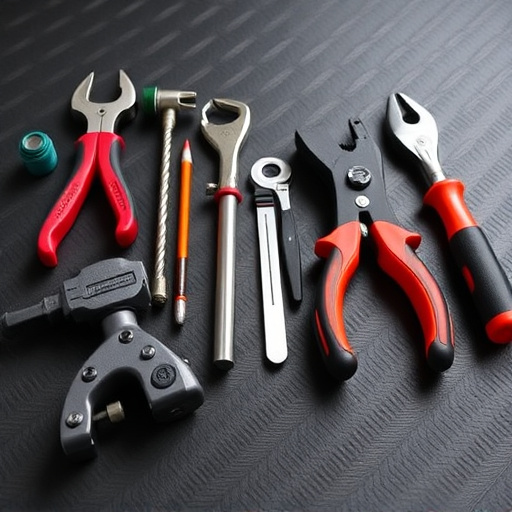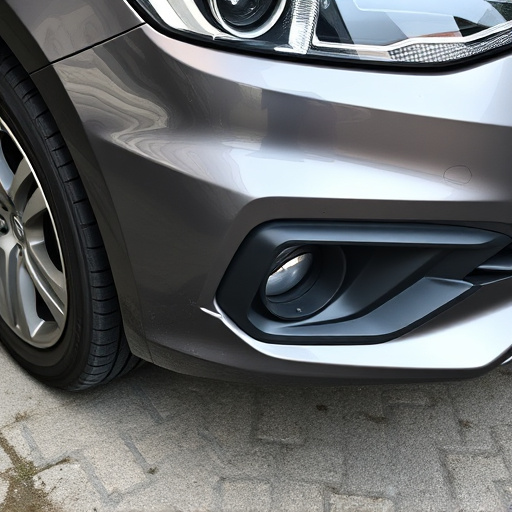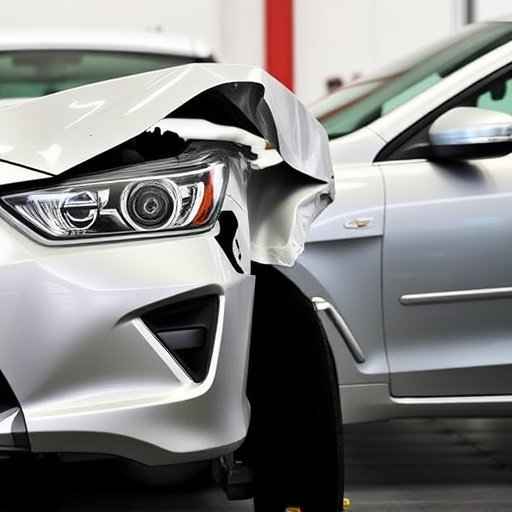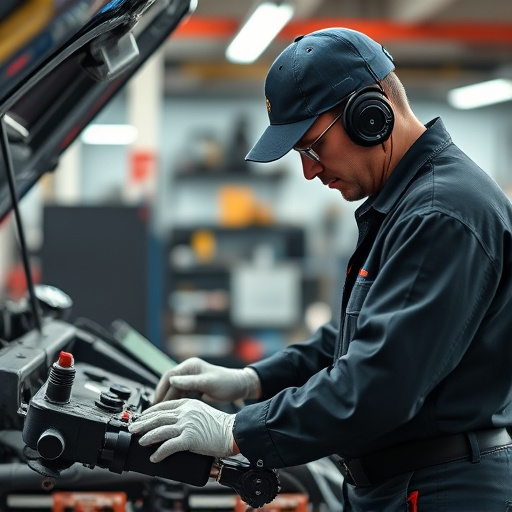Effective repair photo documentation is crucial for automotive body shops, especially in collision and cosmetic repairs. Detailed before-and-after images are vital for accuracy, accountability, customer communication, insurance claims, and quality assurance. Best practices include capturing clear, consistent images using high-resolution cameras and organizing them digitally for easy access and tracking.
In the automotive industry, proper repair photo documentation is crucial for collision and cosmetic repairs. This article delves into the distinct scenarios of these two repair categories, outlining the specific documentation requirements for each. We explore best practices for effective photo documentation, enabling professionals to capture precise, detailed images that facilitate efficient claim processing and ensure quality workmanship. Enhance your understanding of repair photo documentation with these essential insights.
- Understanding Collision vs. Cosmetic Repair Scenarios
- Documentation Requirements for Each Category
- Best Practices for Effective Photo Documentation
Understanding Collision vs. Cosmetic Repair Scenarios
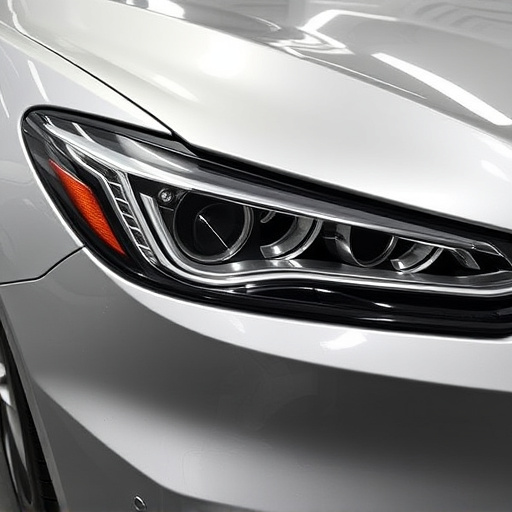
In the realm of automotive body shops, categorizing repairs into collision and cosmetic scenarios is paramount for efficient service. Collision repairs, often involving structural damage from accidents, necessitate meticulous repair photo documentation. These detailed records capture every step of the car body repair process, ensuring both accuracy and accountability. On the other hand, cosmetic repairs focus on enhancing aesthetics without impacting a vehicle’s structural integrity. Common examples include dent removal and minor scratch repairs. Unlike collision repairs, cosmetic services typically require before-and-after visual comparisons to demonstrate transformation, making comprehensive photo documentation equally crucial for customer satisfaction and quality assurance.
Understanding these distinctions is key for any automotive body shop. Proper repair photo documentation enables clear communication with customers, facilitates insurance claims, and serves as a valuable reference for future reference. For instance, in the event of a claim, detailed photos can validate the extent of damage and the quality of repairs, ensuring fair compensation. Moreover, well-organized documentation enhances the overall customer experience by providing transparency and peace of mind throughout the car body repair process, whether it’s a minor dent repair or a more extensive collision restoration.
Documentation Requirements for Each Category
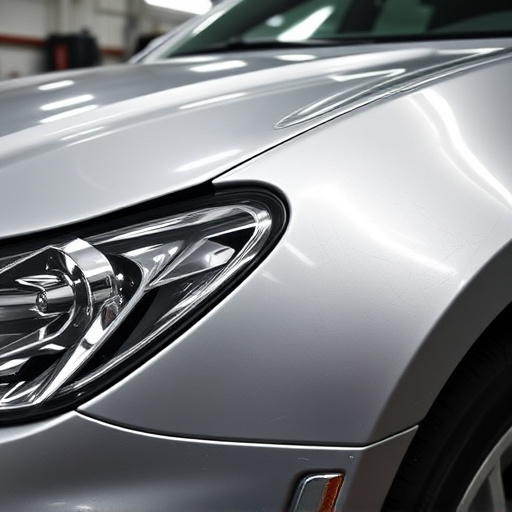
In the realm of automotive repairs, whether it’s a collision or cosmetic fix, proper documentation is paramount. For collision repairs, which often involve significant structural changes and safety-critical components, comprehensive repair photo documentation becomes essential. This includes detailed before-and-after images of the damaged areas, showcasing the extent of the collision and the subsequent repairs made by an experienced car body shop. Additionally, documenting the removal and replacement processes of parts like panels, frames, and mechanisms ensures transparency and facilitates accurate insurance claims.
In contrast, cosmetic repairs focus on enhancing aesthetics without impacting structural integrity. Here, repair photo documentation still plays a crucial role in justifying the work performed to clients. High-quality images capturing the original state, the identification of flaws or imperfections, and the final, polished result are vital for auto repair near me shops to demonstrate their skills and ensure customer satisfaction. These visual records not only help in communicating the transformation but also serve as a reference point for future maintenance or similar repairs.
Best Practices for Effective Photo Documentation
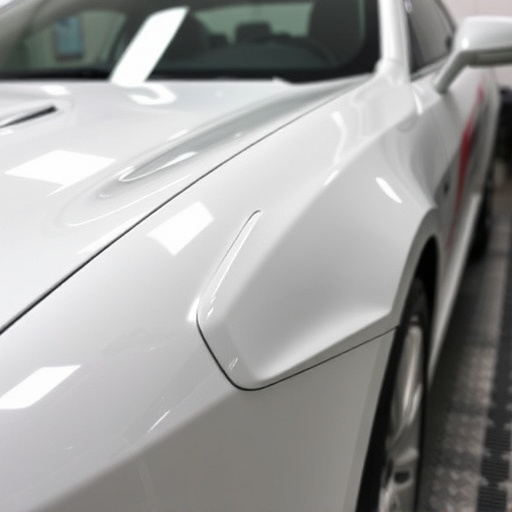
Effective photo documentation is a cornerstone for any auto body shop or car repair service, especially when it comes to collision and cosmetic repairs. The best practices involve capturing clear, detailed images from various angles, including close-ups of damaged areas. Using consistent lighting and backgrounds ensures that the photos are comparable across different stages of the repair process.
For car body restoration, documenting each step meticulously helps in tracking progress and facilitating efficient communication with clients or insurance providers. High-resolution digital cameras and smartphone photography can capture nuanced details, making them invaluable for assessing repairs accurately. Additionally, organizing these images digitally through folders or cloud storage systems allows for quick access and reference during inspections or future maintenance checks.
In conclusion, understanding the distinctions between collision and cosmetic repairs is paramount for efficient auto body shops. The right photo documentation practices can significantly enhance communication, ensure customer satisfaction, and streamline the claims process. By implementing best practices detailed in this article, such as identifying damage types accurately, capturing clear and comprehensive images from multiple angles, and documenting repairs meticulously, shops can elevate their service quality and maintain a competitive edge in the industry, focusing on exceptional repair photo documentation.
